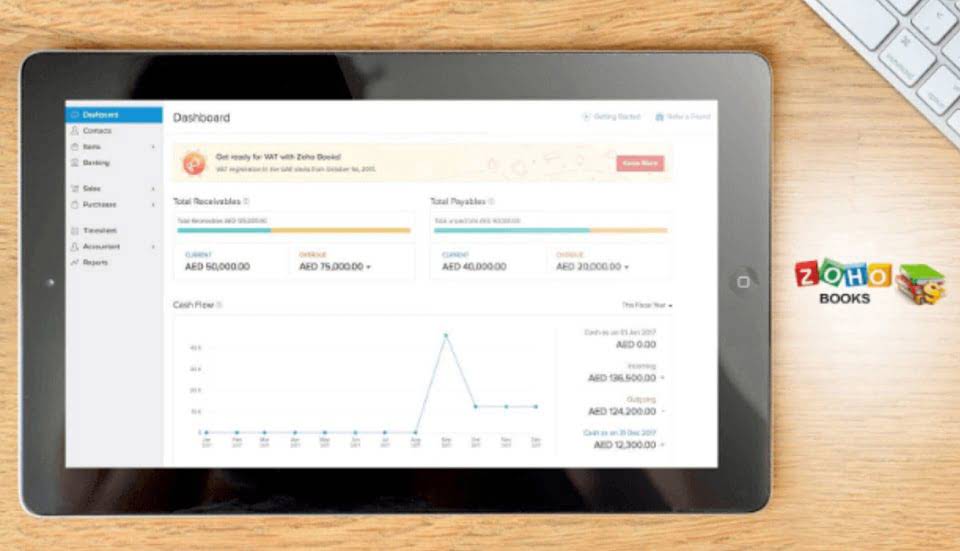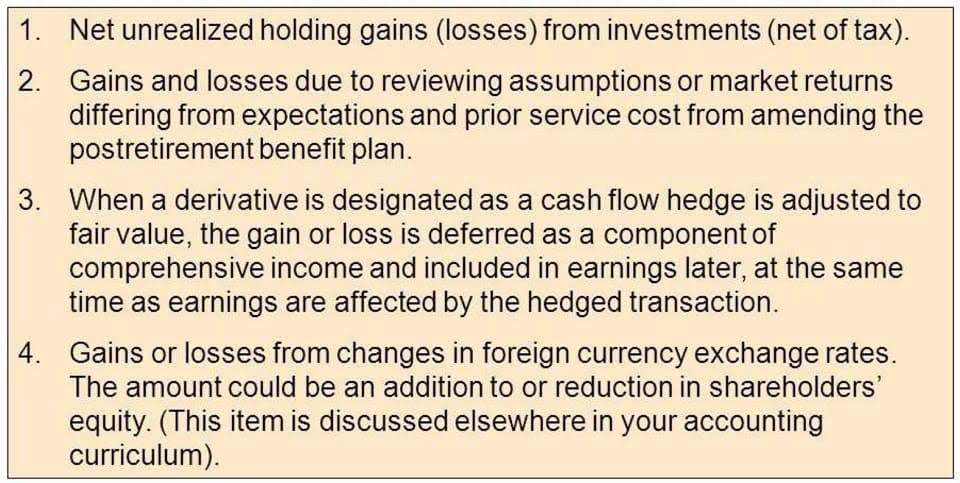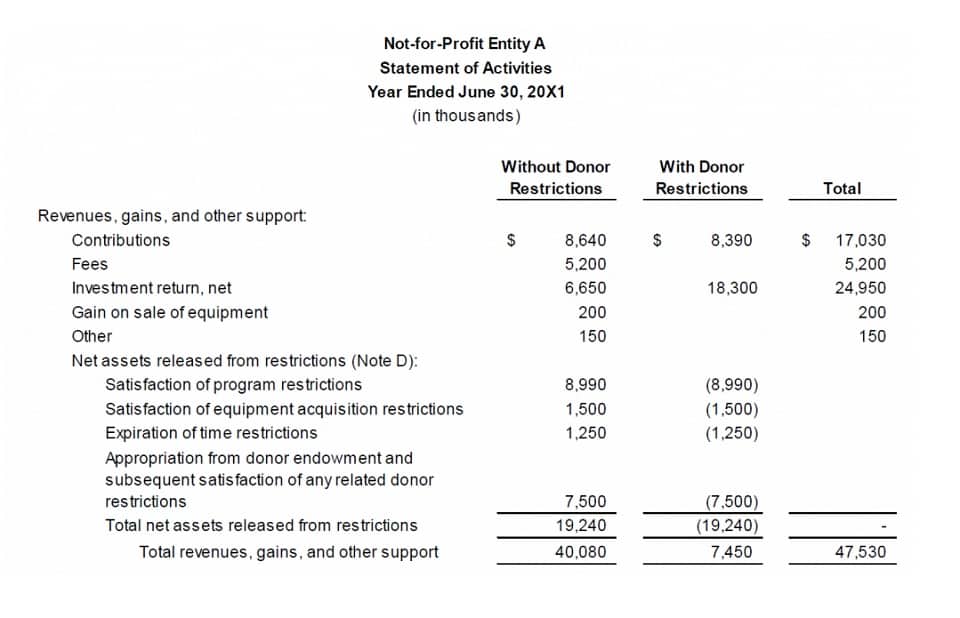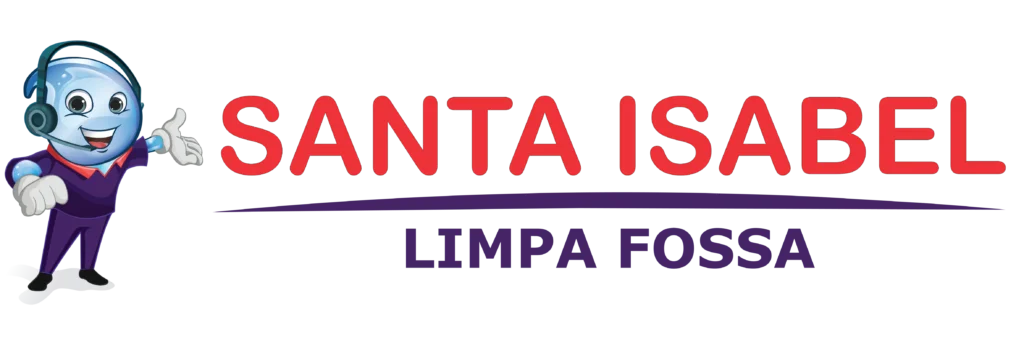How to Calculate Total Manufacturing Cost Formula + Step-by-step Guide

Production costs include fixed costs like marketing, equipment, and any rentals or leases of buildings or equipment. Direct manufacturing costs are the costs of total manufacturing cost formula labor and materials that businesses use to create a product. Examples of these direct costs would be the laborers that make the product and the materials like fabric that factory workers would use to create a blanket. Investing in technology and automation can streamline production processes, reduce labor costs, and minimize errors.

Total Manufacturing Cost – What is it and How to Calculate it?
- Essentially, production costs encompass all direct and indirect costs of running a business.
- The key difference between direct costs and indirect costs is that direct costs can be tracked to specific item, and tend to be variable.
- Usually, the second biggest expense for businesses is inventory (coming only after labor), which accounts for 25% to 35% of a company’s budget.
- Raw materials that can’t be traced to a specific product or manufacturing run are considered indirect material and are excluded from the direct material cost calculation.
- Any unfinished products or work in progress (WIP) inventory is not included in the COGM calculation.
- The Cost of Goods Manufactured (COGM) and Cost of Goods Sold (COGS) are both calculated using the Total Manufacturing Cost (COGS).
For example, the cost of special oil used in a piece of manufacturing machinery is considered indirect material. Raw materials that can’t be traced to a specific product or manufacturing run are considered indirect material and are excluded from the direct material cost calculation. Total manufacturing costs are often conflated with the cost of goods manufactured (COGM). COGM counts only the cost of inventory that was finished and prepared for sale in the period. Total manufacturing costs include all costs incurred in the period, regardless of whether the product was completely finished. The cost of labor includes employee pay, benefits, labor taxes and contributions, and workers’ compensation insurance.
What is Direct Labor?

The three primary components of total manufacturing cost are direct materials, direct labour, and manufacturing overheads. Total cost of production includes the total manufacturing cost plus all additional indirect material and labor costs. Mastering the art of calculating and managing total manufacturing costs is indispensable for any business aiming for sustainable growth and profitability. Imagine that a production manager, John, in a furniture manufacturing company analyzes the TMC every quarter to determine the total manufacturing cost variance from the standard or estimated figures.

FAQs about manufacturing costs
Let’s imagine Acme Manufacturing, a fictitious company that manufactures dog houses. Since Rose and Lily are not part of the candle-making process, their gross pay is excluded from the direct labor calculation. As a small manufacturing business owner, you probably spend a lot of time thinking about pricing strategies and how to make your manufacturing process more efficient.
- The value of these raw materials increases over the production of the product.
- The total manufacturing cost formula can be used alongside your net revenue to work out how profitably your business is producing goods.
- Equally, if prices are too low, you won’t be generating the required revenue to make your business profitable.
- As for overhead, you pay for regular equipment maintenance and upgrades as well as utilities and insurance for $7,000 per month.
- Imagine a toy manufacturer calculating the total direct manufacturing cost for a specific toy, including the cost of plastic, paint, and the wages of the workers assembling it.
View examples and formulas and learn how to calculate predetermined overhead rate. Analyzing the cost of production helps businesses make informed decisions about pricing, resource allocation, and profitability. For instance, a clothing manufacturer can determine whether a specific line of clothing is profitable by comparing its production costs to the revenue generated. However, there’s a lot more to properly QuickBooks calculating total manufacturing costs than just knowing the formula. In this article we look at the details of what makes up total manufacturing costs, how to work out its component parts – and, importantly, how to reduce some of these costs in a manufacturing business. ProjectManager is award-winning project management software that helps manufacturers plan, manage and track their manufacturing costs in real time.
Types of manufacturing costs
A project cost overrun happens when the https://www.facebook.com/BooksTimeInc project costs exceed the budget estimate. Kavitha Simha is a productivity author and researcher, passionate about finding smarter ways to manage time. Combining her knowledge of multiple disciplines, she seeks to help others optimize their work-life balance, which she believes is the key to minimizing stress. That’s why you need a reliable partner to buddy up with and slash your costs.

The calculation for total manufacturing cost involves a detailed accounting for the costs of materials, labor and overhead. It requires a realistic analysis of a company’s various departments to show their contribution to the manufacturing process and the costs of those contributions. In terms of indirect materials, these are resources that don’t necessarily form part of the finished product.
